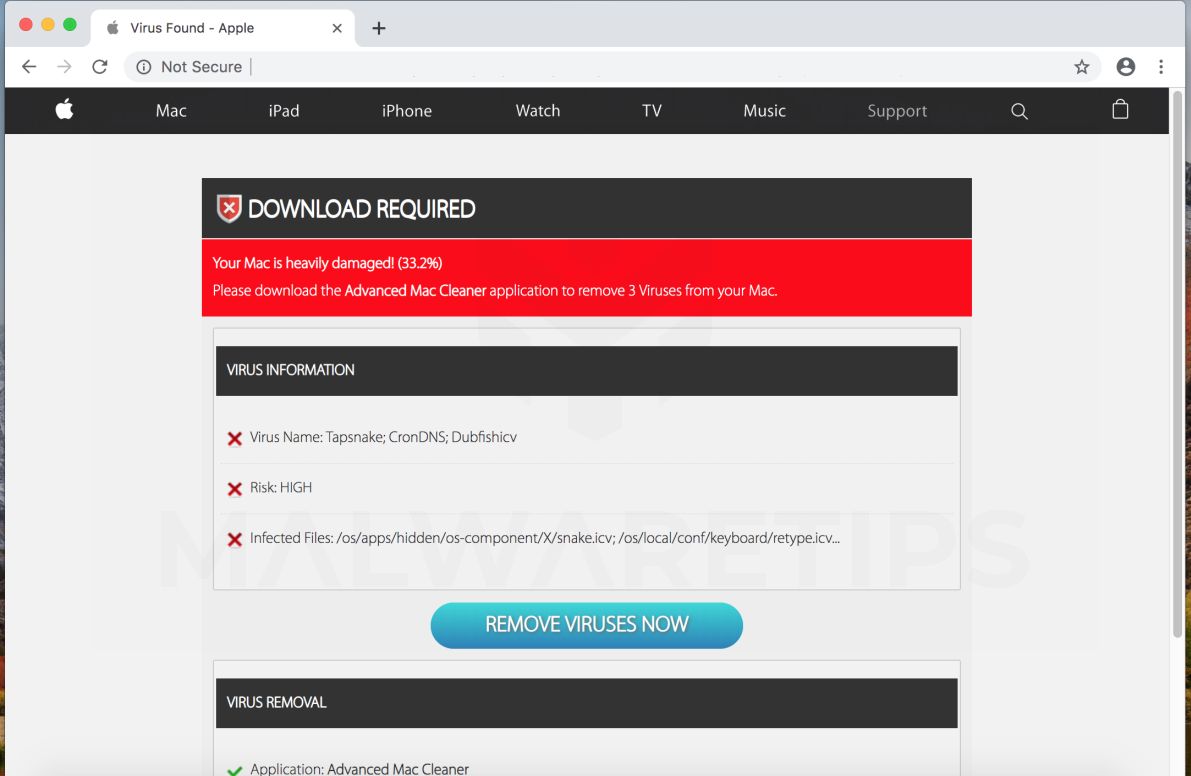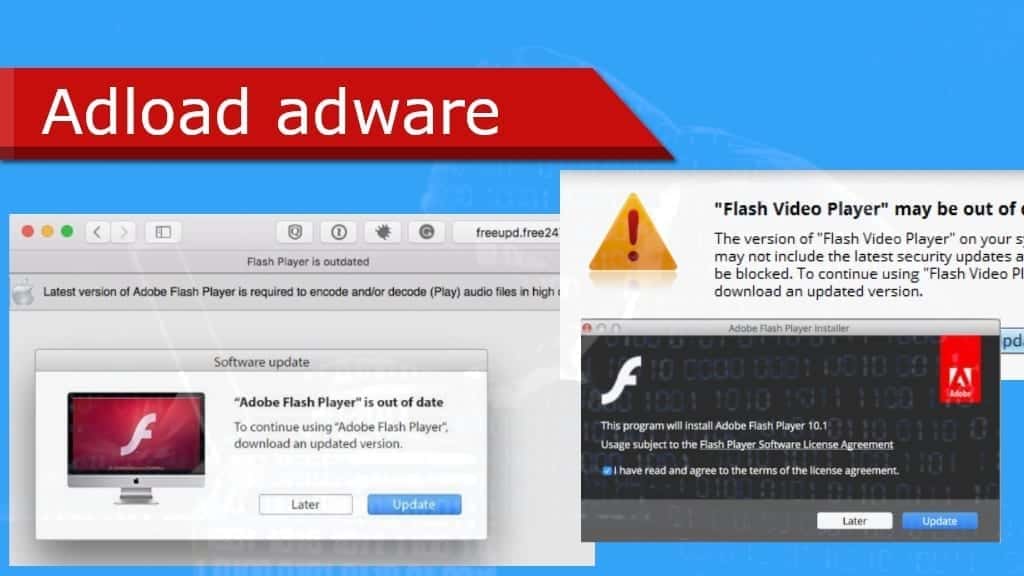
Whoever is behind OSX.Dok, Check Point warns the malware is still on the loose and will be a threat for some time to come, especially if the attackers continue to invest in advanced obfuscation techniques. Retefe has also been known to predominately target European banks. While the identity and location of those behind Dok is unknown, researchers note that the Apple malware is a version of the Retefe banking Trojan, which has been ported from Windows. Whatever the intentions of using Signal are, researchers note that its use will "make it harder for law enforcement to trace the attacker". Remove potentially unwanted plug-ins from Mozilla Firefox. Remove PUP related files and folders from OSX. Unfortunately, it’s an attempt to either steal private information or infiltrate other viruses. Often, these messages are accompanied with an urge to click on an appended link to take action.
Fake mac os virus mac os#
It's likely Signal is installed in order to allow the attacker to communicate with the victim at a later stage or to commit additional malicious or fraudulent activities, such as installing malware onto the mobile device. What is WARNING MAC OS Is Infected STEP 1. Scammers send fraudulent emails stating that Apple has detected viruses on your device.

Obviously, this isn't what the phone number is for instead the attackers use it to prompt the victim into downloading a mobile application - as well as Signal, a legitimate messaging app. Image: Check PointĪfter entering their login details, the user is prompted to provide their mobile number for supposed SMS verification.

Once installed on a system, Dok downloads TOR for the purposes of communication with a command and control server over the dark web, which helps to geolocate the victim and customise the attack according to location - with evidence suggesting the malware mainly targets users in Europe.Ī proxy file is served to the victim depending on their location, with the aim of redirecting traffic to bank domains to a fake site hosted on the attacker's C&C server, which harvests login credentials and allows the attacker to carry out bank transactions.įor example, a proxy setting for a Swiss IP address contains instructions for redirecting the victims' attempts to visit banking websites local to the country, including Credit Suisse, Globalance Bank, and CBH Bank.Ī fake bank login page, with the telltale signs highlighted, including wrong years of copyright, missing the original SSL certificate, and the missing auth token in the URL.
Fake mac os virus code#
Dok appears to be highly sophisticated malware, shown by mutations in its code that make it more difficult to detect and remove - especially as Dok modifies the OS' settings in order to disable security updates and prevent some Apple services from communicating.


 0 kommentar(er)
0 kommentar(er)
